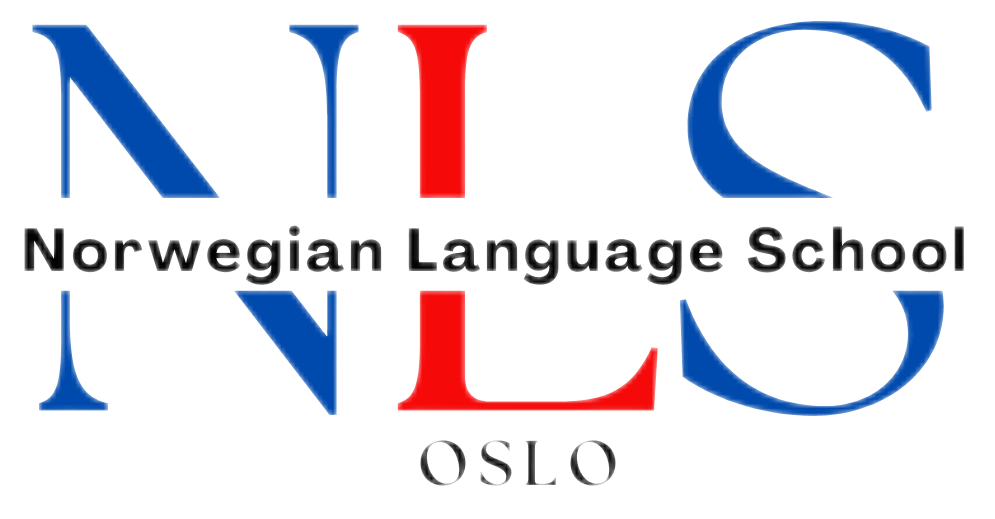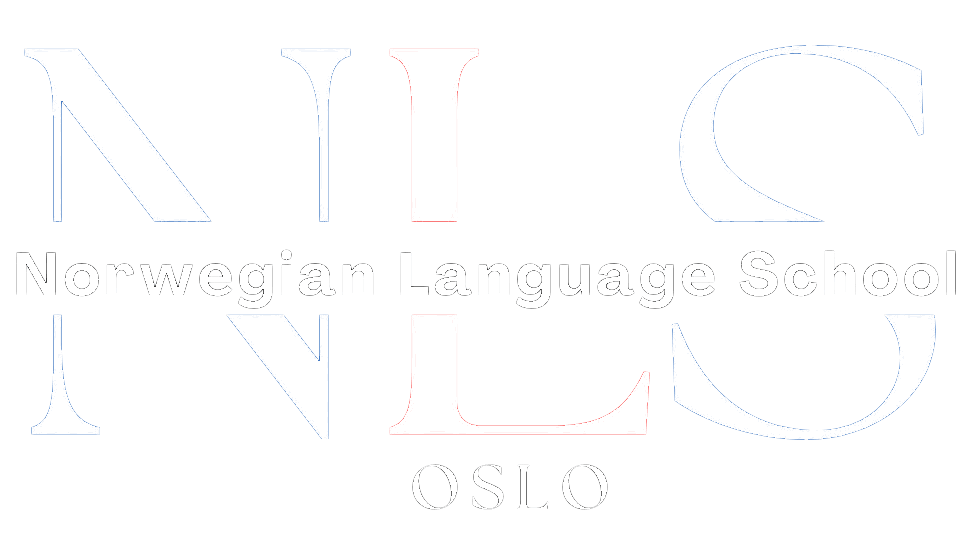

The Art of Conversation in Norwegian: 10 Verbs You Can’t Ignore
Conversation plays a vital role in Norwegian culture, as it is considered a key aspect of social interaction. Norwegians value open and honest communication, and engaging in meaningful conversations is highly valued. Whether it’s discussing current events, sharing personal experiences, or simply catching up with friends and family, conversation is seen as a way to connect with others and build relationships. In Norway, conversation is not just about exchanging information, but also about expressing emotions, opinions, and ideas.
Table of Contents
ToggleKey Takeaways
- Conversation is highly valued in Norwegian culture as a means of building relationships and understanding others.
- Verbs play a crucial role in Norwegian conversation, indicating the speaker’s intentions and emotions.
- Verbs for initiating and maintaining conversation include “hei” (hello), “hva skjer?” (what’s happening?), and “fortell” (tell me).
- Verbs for expressing opinions and emotions in Norwegian include “synes” (think), “føler” (feel), and “tror” (believe).
- Active listening is essential in Norwegian conversation, with verbs like “lytte” (listen) and “forstå” (understand) being important.
- Verbs for asking questions and seeking clarification include “hva mener du?” (what do you mean?) and “kan du utdype?” (can you elaborate?).
- Nonverbal communication cues, such as eye contact and body language, are also important in Norwegian conversation.
- Verbs for expressing agreement and disagreement include “enig” (agree), “uening” (disagree), and “forstå” (understand).
- Strategies for overcoming language barriers in Norwegian conversation include using simple language and asking for clarification.
- The ongoing practice of the art of conversation is essential in Norwegian culture, with continued effort leading to deeper relationships and understanding.
Understanding the Role of Verbs in Norwegian Conversation
Verbs play a crucial role in Norwegian conversation, as they are used to express actions, emotions, and opinions. In Norwegian, there are several types of verbs that are commonly used in conversation. Action verbs, such as “gå” (to go), “spise” (to eat), and “snakke” (to speak), are used to describe physical actions. These verbs are often used to talk about daily activities or to describe what someone is currently doing.
Modal verbs, such as “kan” (can), “vil” (will), and “skal” (shall), are used to express ability, possibility, or necessity. These verbs are often used to make requests or ask for permission in conversation. For example, “Kan jeg få låne blyanten din?” (Can I borrow your pencil?) or “Vil du hjelpe meg med å bære disse posene?” (Will you help me carry these bags?).
Verbs for Initiating and Maintaining Conversation
In Norwegian conversation, there are specific verbs that are commonly used to initiate and maintain conversation. One such verb is “hei” (hello), which is used to greet someone and start a conversation. For example, “Hei! Hvordan har du det?” (Hello! How are you?). Another common verb is “snakke” (to talk), which is used to express the act of engaging in conversation. For example, “La oss snakke om planene for helgen” (Let’s talk about the plans for the weekend).
To maintain a conversation, Norwegians often use the verb “fortsette” (to continue). For example, “La oss fortsette samtalen senere” (Let’s continue the conversation later). Additionally, the verb “lytte” (to listen) is important in maintaining a conversation, as it shows active engagement and interest. For example, “Jeg lytter nøye til det du sier” (I am listening carefully to what you are saying).
Verbs for Expressing Opinions and Emotions in Norwegian
In Norwegian conversation, there are specific verbs that are used to express opinions and emotions. One such verb is “synes” (to think), which is used to express personal opinions. For example, “Jeg synes det er en god idé” (I think it’s a good idea). Another common verb is “føle” (to feel), which is used to express emotions. For example, “Jeg føler meg glad i dag” (I feel happy today).
To express agreement or disagreement in Norwegian conversation, Norwegians often use the verbs “enig” (agree) and “uenig” (disagree). For example, “Jeg er enig med deg” (I agree with you) or “Jeg er uenig i det du sier” (I disagree with what you are saying). These verbs are important in expressing one’s perspective and engaging in meaningful discussions.
The Importance of Active Listening in Norwegian Conversation
Active listening is a crucial aspect of Norwegian conversation. Norwegians value being heard and understood, and active listening shows respect and interest in the speaker. To improve active listening skills in Norwegian, it is important to focus on the speaker, maintain eye contact, and avoid interrupting. Additionally, asking clarifying questions and summarizing what the speaker has said can help ensure understanding and engagement in the conversation.
Verbs for Asking Questions and Seeking Clarification

In Norwegian conversation, there are specific verbs that are used to ask questions and seek clarification. One such verb is “spørre” (to ask), which is used to request information or seek clarification. For example, “Kan jeg spørre deg om noe?” (Can I ask you something?) or “Kan du forklare det nærmere?” (Can you explain that further?).
To seek clarification or confirm understanding, Norwegians often use the verb “forstå” (to understand). For example, “Jeg forstår ikke hva du mener” (I don’t understand what you mean) or “Kan du gjenta det?” (Can you repeat that?). These verbs are important in ensuring clear communication and avoiding misunderstandings in conversation.
Nonverbal Communication Cues in Norwegian Conversation
Nonverbal communication cues play an important role in Norwegian conversation. Norwegians pay attention to body language, facial expressions, and tone of voice to understand the underlying meaning of a conversation. For example, a nod of the head can indicate agreement or understanding, while a furrowed brow can indicate confusion or disagreement.
Maintaining eye contact is also important in Norwegian conversation, as it shows attentiveness and interest. Additionally, Norwegians often use hand gestures to emphasize certain points or convey emotions. Being aware of these nonverbal cues can help improve understanding and engagement in Norwegian conversation.
Verbs for Expressing Agreement and Disagreement in Norwegian
In Norwegian conversation, there are specific verbs that are used to express agreement and disagreement. One such verb is “enig” (agree), which is used to express agreement with someone’s opinion or statement. For example, “Jeg er enig med deg” (I agree with you) or “Vi er enige om det” (We agree on that).
To express disagreement, Norwegians often use the verb “uenig” (disagree). For example, “Jeg er uenig i det du sier” (I disagree with what you are saying) or “Vi er uenige om det” (We disagree on that). These verbs are important in expressing one’s perspective and engaging in meaningful discussions.
Strategies for Overcoming Language Barriers in Norwegian Conversation
Overcoming language barriers in Norwegian conversation can be challenging, but there are strategies that can help. One tip is to focus on context and nonverbal cues. Paying attention to the situation, the speaker’s body language, and facial expressions can provide valuable clues about the meaning of the conversation.
Another strategy is to ask for clarification when needed. If there is a word or phrase that is unfamiliar, don’t hesitate to ask the speaker to explain it further. Additionally, practicing active listening and summarizing what the speaker has said can help ensure understanding and engagement in the conversation.
The Ongoing Practice of the Art of Conversation in Norwegian
In conclusion, conversation plays a significant role in Norwegian culture, as it is a key aspect of social interaction. Norwegians value open and honest communication, and engaging in meaningful conversations is highly valued. Verbs play a crucial role in Norwegian conversation, as they are used to express actions, emotions, opinions, and more.
To improve conversation skills in Norwegian, it is important to understand the different types of verbs used in conversation and how they are used to initiate and maintain conversations, express opinions and emotions, ask questions and seek clarification, and express agreement and disagreement. Additionally, active listening and being aware of nonverbal communication cues can enhance understanding and engagement in Norwegian conversation.
Ongoing practice is necessary to improve conversation skills in Norwegian. By actively engaging in conversations, seeking opportunities to practice, and being open to learning from others, one can continue to develop their conversational abilities in Norwegian. Conversation is not just a means of communication, but also a way to connect with others, build relationships, and gain a deeper understanding of Norwegian culture.
If you’re interested in learning Norwegian, you might also find the article “10 Most Used Norwegian Action Verbs” helpful. It provides a list of essential verbs that you can’t ignore when learning the language. Whether you’re a beginner or looking to expand your vocabulary, this article will give you a solid foundation in Norwegian verbs. Check it out here.

Norwegian A1-A2
Course Overview The Norwegian A1-A2 course is an online program focused on teaching essential Norwegian grammar and vocabulary. It includes a variety of materials and topics, with opportunities to interact with a Norwegian teacher entirely online. Curriculum Highlights The course covers key areas such as grammar and vocabulary and topics such as family, daily life, education, work, traditions, and leisure activities. Who Should Enroll? This course is perfect for beginners or those at the A1 or A2 levels who want to improve their Norwegian skills. What You Get Access to the full Norwegian A1-A2 course. A monthly 1-hour online conversation with a teacher. Many written and oral assignments. Comprehensive information on Norwegian grammar, Norwegian vocabulary and how to use them, important sentence structures, etc. Tips on additional resources to further enhance your Norwegian learning.
0 students enrolled
Last updated Dec 10th, 2024
If you want to learn Norwegian, you can register for classes here. We look forward to hearing from you and helping you become fluent in Norwegian.






